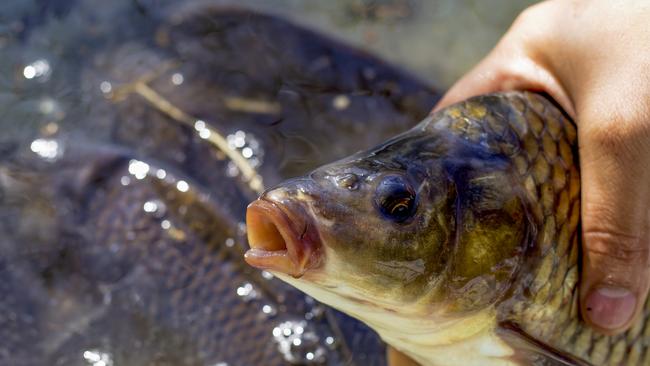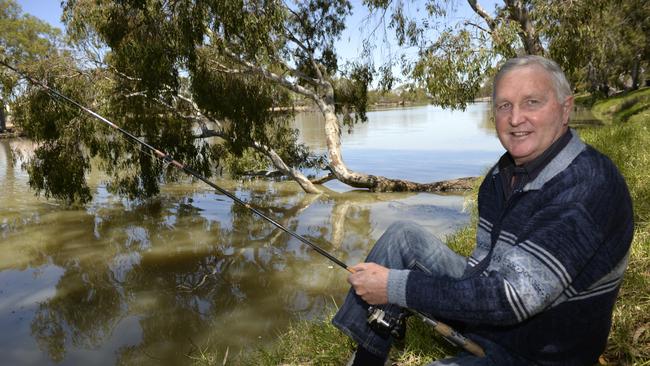Carp koi virus failure: Numbers to boom on back of more environmental flows
Failure to release a carp-killing virus, while chasing huge volumes of irrigators’ water for the environment, will cause carp numbers to boom.

Anglers and irrigators’ hopes of seeing the carp go belly up on a massive scale, have been dealt a hefty blow, after the federal government was advised to delay releasing the koi herpes virus for two to three years.
The Fisheries Research Development Corporation worked with more than 240 scientists and experts who delivered more than 30 final research documents, to deliver a $10.37 million Carp Control Plan that warns more testing is needed to make sure the virus is specific to carp and will not infect other fish species.
VRFish chairman Rob Loats said it was “decision time” on releasing the virus one way or the other.

“We need action, not more of the same over the last 20 years,” Mr Loats said.
“Taxpayer dollars are becoming extremely short, so fast-track the plans outcome and stop the delaying tactics.”
National Irrigators Council chairman Jeremy Morton said he was no scientist, but the virus represented a huge gain for the Murray Darling Basin.
He said the federal government was chasing huge volumes of irrigators’ water to boost environmental flows, which were a boon for carp.
“We’re looking for native fish outcomes under the Basin Plan, but environmental water will make the carp situation worse, trying to create overbank flows,” Mr Morton said. “It’s carp nirvana.”
The FRDC’S recommendation to delay the virus’ release comes despite there being no evidence of the virus infecting other species overseas and two rounds of controlled testing against local species in Australia.
But FRDC’s report states “a very high level of confidence in the species-specificity of any biological control agent is required before its release.
“Concern regarding the virus’s specificity to carp is relatively common in the Australian community. Unless addressed, such concerns could negatively affect social licence for carp biocontrol.
“For these reasons, additional non-target species susceptibility testing of selected fish species is recommended if governments wish to proceed with activities to inform an eventual decision on whether or not to proceed with carp biocontrol.”
Despite FRDC’s caution, its research did show the virus was likely to curb carp populations by between 40 and 60 per cent.
Other work showed “Australian carp may not possess the gene variants (alleles) that bestow heritable genetic resistance to the virus, meaning that the carp virus could potentially be effective for considerably more than 10 years”.
FRDC estimated release of the carp-killing koi herpes virus would cost $190 million to deploy the virus in the Murray and murrumbidgee catchments over three years.




